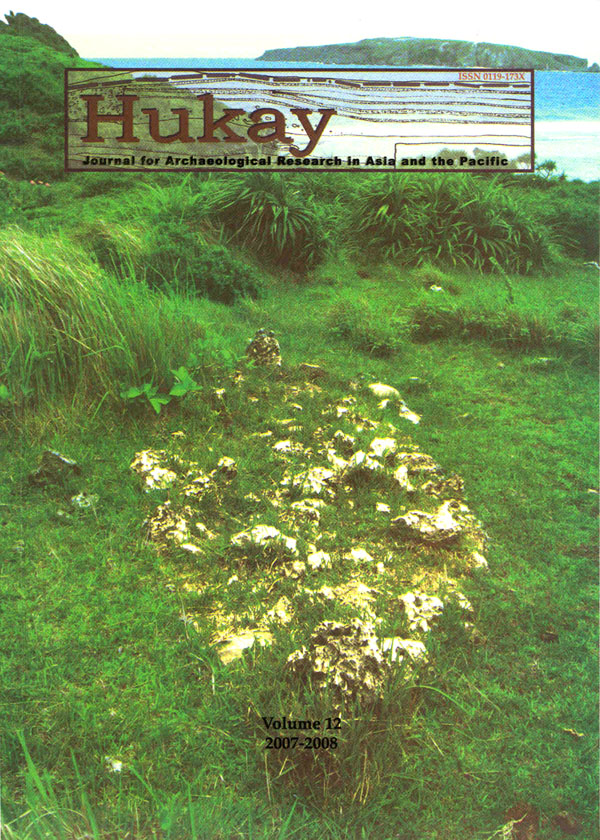The Peñablanca Flake Tools: An Unchanging Technology?
Abstract
Three caves were excavated in Peñablanca, northeastern Luzon in 2003. These caves yielded flake tools from earlier preceramic contexts (c.25,000-3,000 BP) and later ceramic ones (c.3,500-1,980 BP). Technological and use-wear analyses were conducted to test if there was any change in techniques of manufacture or use of the flake tools through time. The oldest flake assemblage in Callao cave (c.25,000 BP) reveals a probable formal lithic technology with a predominance of blade-like flakes and two probable spear points. The Holocene assemblages indicate no significant changes in manufacturing techniques throughout the whole sequence, being based on a simple hard hammer percussion technique. Use-wear analysis also indicated no significant change, with flakes being utilised on hard and soft contact materials. This paper presents a scenario in which hunter-gatherer populations have coexisted during the past 3,500 years with agricultural populations living on the Cagayan Valley alluvial soils.



